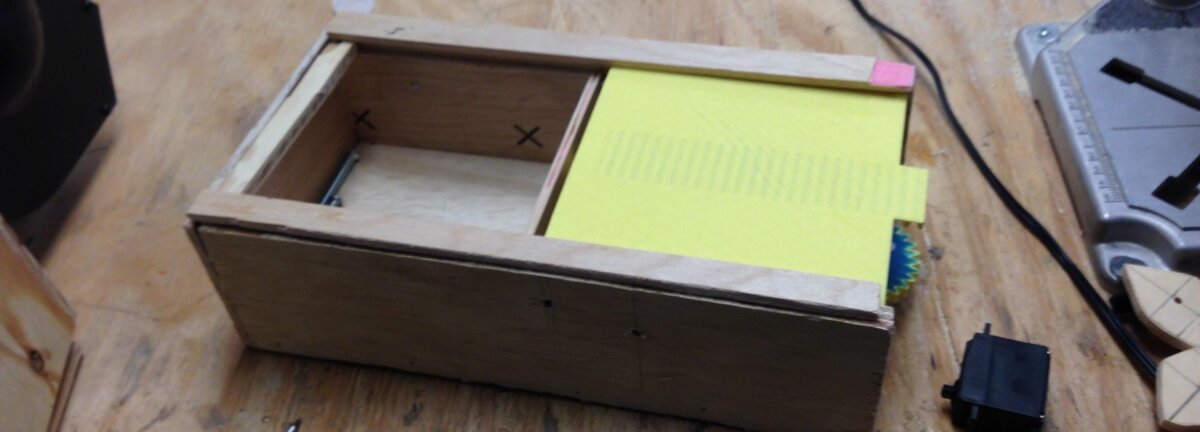Perfection: the inventor’s greatest enemy

My entire working life has revolved around taking products to market either as a project manager or advisor. I have found that designers and product creators use perfection as an excuse not to tackle what’s important. When an inventor says: “I will show my product to a buyer when it’s perfect”, I know that I will have to help them out of their creative, tinkering comfort zone.
Until a product is validated by buyers, manufacturers and users, it is imperfect. A product is a compromise between a creative intention, a technical reality imposed by manufacturing and a commercial opportunity. Making several non-perfect prototypes and mock-ups to present to manufacturers, engineers, investors and buyers advances the development of a product far more than the isolated quest for perfection.
Quality over perfection
The remedy to perfection is quality. Quality can be defined while perfection can’t be attained. And quality does not have to be completely defined from the outset. Designers and creators need to work with manufacturers and buyers to define what quality is for their in-progress product.
Quality can evolve. It is about what is built into the product - its material or finish - as much as the words on the packaging. Well-defined quality is a core component of a brand but this does not mean perfection. Of course a product should work, be easy and safe to use. What’s a good product for customers? Does it have good packaging, are the instructions easy to understand or is it after-sale service that makes the product stand out?
‘Good enough’ is better than ‘perfect’
It is easier to improve a ‘good enough’ product than to completely redesign a ‘perfect’ product in which you invested hours, sweat, money and sanity.
I played my favourite podcast Good enough is better than perfection by Lucy Kellaway to a room full of makers and designers during a workshop on scaling up production. There is a difference between perfection and quality and ‘good enough’ products versus no product at all.
Apple has got a track record of launching non-perfect products. Nevertheless, its products stay in the hands and pockets of customers that will forgive the brand and buy regular upgrades.
In terms of product design and creation, a ‘good enough’ product validates a couple of crucial points like core functionalities and a pricing structure.
If you are feeling like a perfectionist, try these cures:
- A product team: share the responsibility and act quicker. If you are growing a team, seek to employ people who have different outlooks to you.
- Advisors are good to have as they can help you define what’s good enough. Just make sure you listen and apply the advice.
- Arrange presentation meetings that will force you to present your product and to evolve it. Be clear on what the worst thing that could happen to the product is by the time the meeting is over.
- Get adopted early: early adopters will typically forgive you for your imperfect product. Find a bunch of early fans that will see past what does not quite work and feed back what you should make a priority to improve.
- Finally, don’t go it alone. I’d highly recommend you join an appropriate accelerator or support programme, such as Spark, to keep your momentum going.
Design Council Spark encourages inventors and designers to take risks while providing them with mentors, advisors, industry contacts and opportunities. The teams currently making the most of the programme are either engaging with manufacturers or using a planned Demo Day in September as a deadline to show the next evolution of their product. We’re not expecting perfect products but sound inventions in the making.
Subscribe to our newsletter
Want to keep up with the latest from the Design Council?
